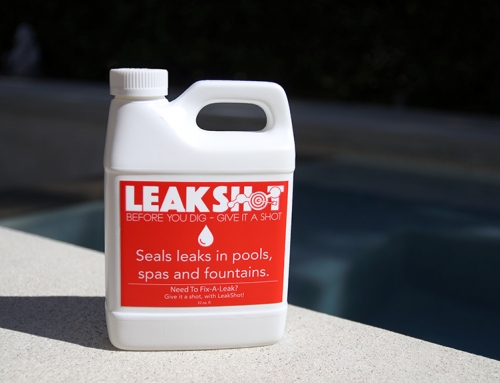When applying PipeFuze to your leaking pipe, isolating the pipe in question is how you’re going to seal the leak and stop the water loss. Ultimately, knowing where the leak is will help you get the job done, but that isn’t always the case. Sometimes we just know it’s a particular line, and that might be good enough – so long as we can isolate the line.
When we apply PipeFuze, we go into one end of a line and out the other, cycling the fluids and the water back into the start of the line. it’s isolated, so like an electrical circuit, it goes round and round. breaking that “circuit” means the water isn’t cycling consistently past the area of the offending leak and the PipeFuze won’t be able to effectively do what it does.
We begin by taking a look at the pressure drop in the line. To do this, we need to isolate the line, plug one end and apply water pressure to the other end of the line. because water and air compress differently, we use water only to pressure test a line. If the pressure is brought up to 12 lbs and drops 5 pounds or less over 30 seconds, it’s likely this is a leak the can be repaired using PipeFuze. If the pressure drops from 12 pounds to zero in 5 seconds, you’ve got a real break and digging will be required to fix it.
Once we know the line is losing the pre-described amount of pressure, we then unplug the end and insert an injection plug, allowing us to inject the fluids into the line. We exit the far end of the pipe through an attached hose and cycle it back into a bucket, preferably a trash pail, and using a standard pump, we cycle it back into the pipe. Circuit complete, PipeFuze flowing through the pipe at standard hose pressure, maybe 8 lbs.
Over the first hour, of what might be a 2-hour cycling process, you may see water levels drop in the garbage pail. Add more water to a pre-marked line and continue to cycle the fluid and the water through the pipe. Some users even add a second bottle, every job is different. In a 2-hour period, the water level should ultimately stop dropping, which will indicate the leak has been sealed. Cycle Part B of the fluid set through the line for about an hour, evacuate the fluid from the line and return the pool or spa to service.
The process will take a few hours of your day, but sparing the expense and effort of digging up a pipe to make a repair on a relatively small leak is priceless. If your leaking pipe meets the criteria as described above, (or in the video), give PipeFuze a chance to solve the problem and save you a whole heap of stress.
Visit https://pipefuze.com or call 818-436-2953 for more information.





